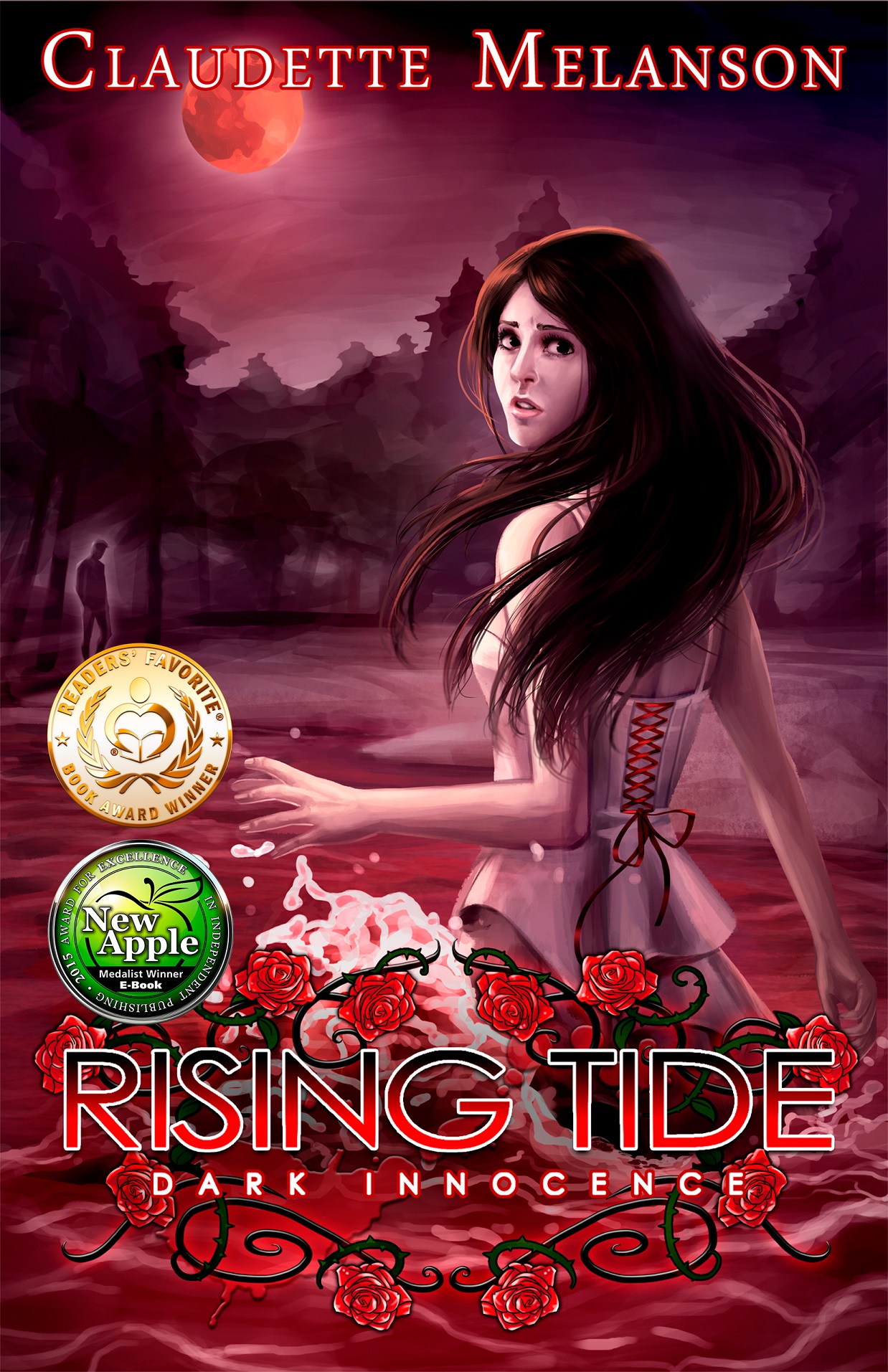
The lushly written third novel in a
family saga follows an interracial American couple after they emigrate to
escape bigotry in 1892.
Tilghman won acclaim for his
previous two novels about the Mason family of Maryland, Mason’s Retreat
(1996) and The Right-Hand Shore (2012). This book is a prequel to those,
moving back a generation to Thomas Bayly, whose mother is heir to the
thousand-acre Mason farm. The story begins with Thomas and his bride, Beal
Terrell, landing in France after crossing the Atlantic by ship. They have been friends
since childhood—Thomas’ white family owned Mason’s Retreat, Beal’s black family
worked it, first as slaves, later as employees. But the young newlyweds can’t
live as a married couple in the United States, so they depart on their wedding
day. Their first months in Paris are dazzling as they learn the language and
find their way around the metropolis, befriended by a group of American art
students. The students jockey for the right to paint a portrait of Beal, a tall
beauty with striking pale eyes. Her choice of Arthur Kravitz, a gruff New
Jersey native, begins with him blackmailing her by saying he’ll reveal her
secrets but blossoms into a lifelong friendship. Meanwhile, Thomas is casting
about for a profession and develops an obsession with winemaking. That leads to
the couple’s move to a farm in the rugged Languedoc, a place that Thomas falls
instantly in love with but that Beal struggles to adjust to after the joys of
Paris. Tilghman tells the story of their marriage over four decades; their
struggles have little to do with race, much more to do with fidelity and
communication. A recurring theme of innocent, even naïve Americans coming to
understand worldly Europe recalls Henry James, as do the novel’s astute
psychological insights. Tilghman’s prose can be seductively lovely, and he
creates engaging, often surprising characters.
This historical novel’s evocative
descriptions of fin de siècle
France and skillfully drawn characters add up to a sensitive and satisfying
portrait of a marriage.






Add comment